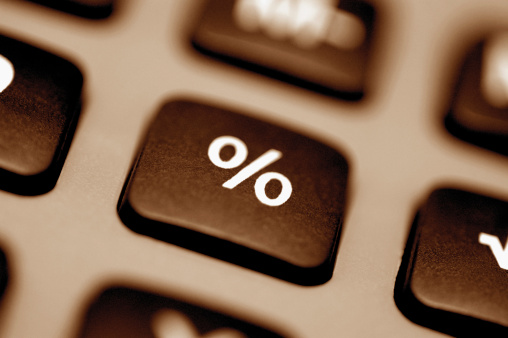How to Calibrate a Weight Scale
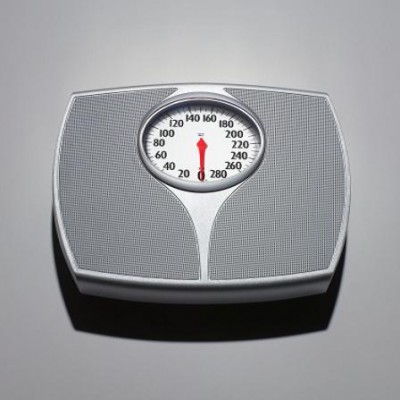
Weight scale is one of the few tools that plays an extremely important role in many industries, be it health, shipping, food, transportation, etc. It has also become popular at homes, with the weight-conscious people regularly using it to maintain or reach their desired weight.
Having an accurate weight scale is a necessity as an erroneous weight stat can not only prove to be costly, but can also get someone in legal trouble.
In order to get accurate results from a weight scale, it is important to calibrate it correctly. The process is a simple one and can be learnt by anyone.
Instructions
-
1
Place the weight scale on an even surface
It is extremely important to ensure that the weight scale in placed on a flat surface. An uneven surface can affect the accuracy of results. It is best to avoid carpets and rugs.
Image courtesy: prevention.com
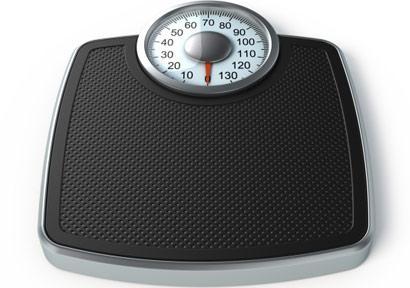
-
2
Set scale to zero lbs
You will need to consult the manual that came with your weight scale to determine the method for setting the scale to read zero when no weight is placed on it. Some machines come with a small knob on them, which can be turned to set the settle accurately on zero. Zeroing your scale is important to get real and accurate readings.
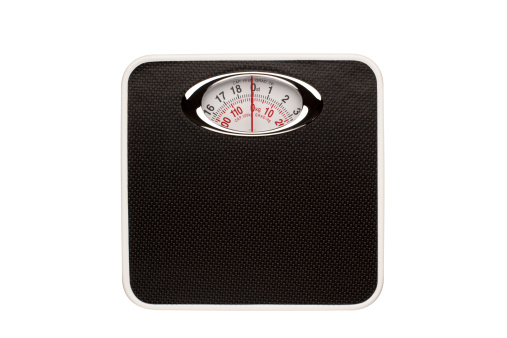
-
3
Place weight of known value on the scale
You need a set of weights with known values, which you will place on the scale. Dumbbells or barbell plates can be used for this purpose. If you are having trouble getting your hands on barbells or dumbbell plates, you can alternatively use a gallon of water, which has a fixed weight of 8 lbs. Be sure to take the weight of the empty jug into account when checking this.
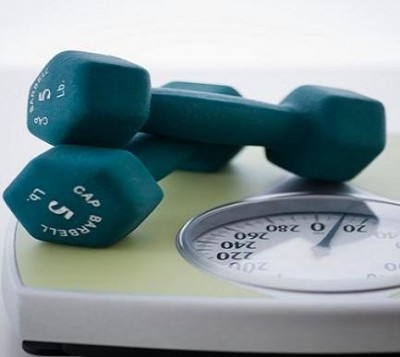
-
4
Remove the weight and place it back again
Just to be sure that the reading that you have taken is correct, remove the weights and check the scale to ensure that it reads zero. Now place the weights back on and check the reading.
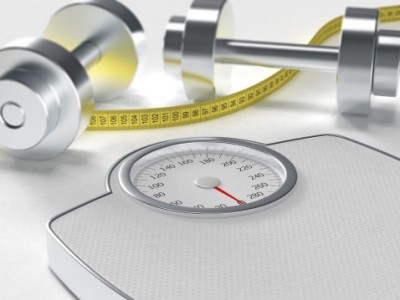
-
5
Take the average of the two readings and record it
If there is even a slight difference in the two readings, take their average and record it.
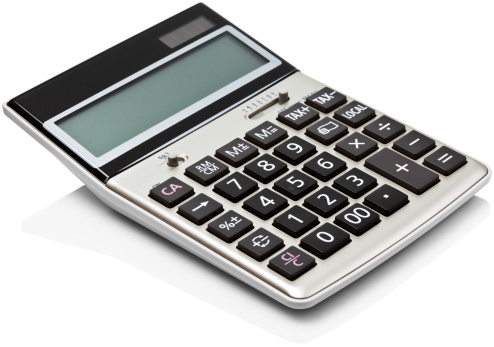
-
6
Repeat the process for the full range of scale
Continue to repeat the previous three steps for different weights and keep recording the readings.

-
7
Check for discrepancies and calculate percentage of error
If your scale continues to show different readings for exact same weight, calculate the percentage of error, which needs to be factored in future weightings.
